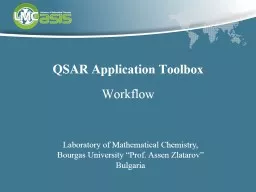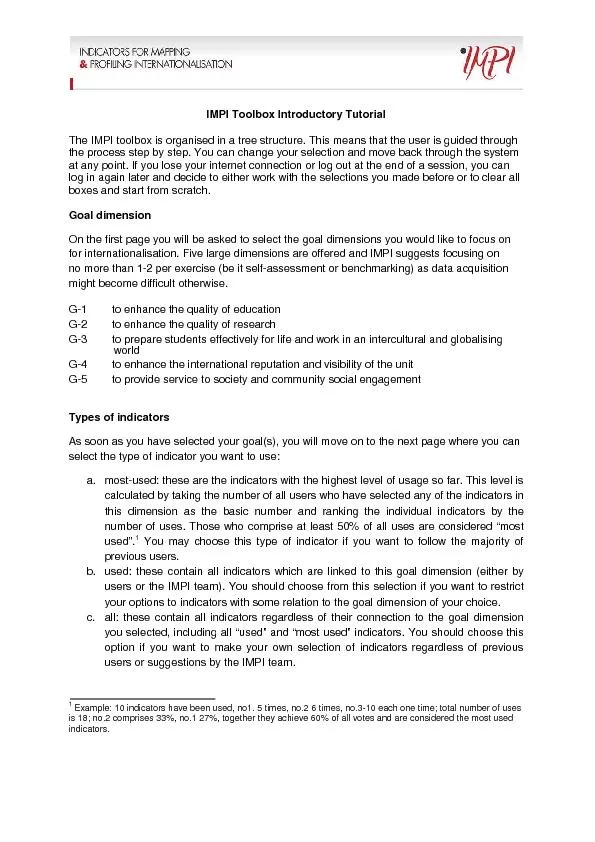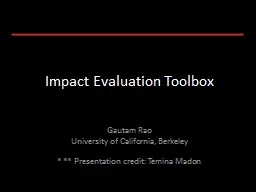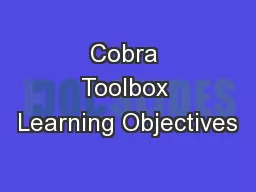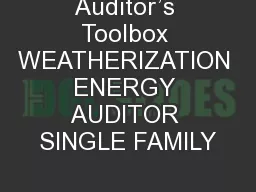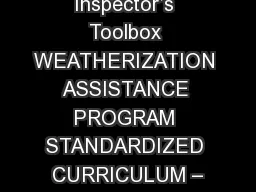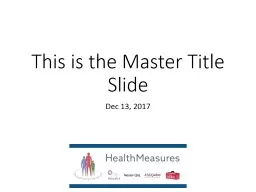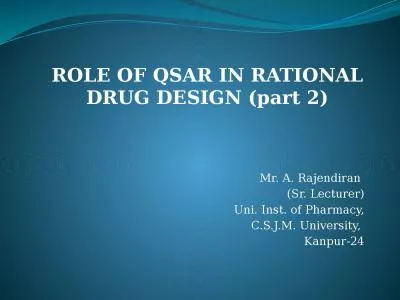PPT-QSAR Application Toolbox
Author : celsa-spraggs | Published Date : 2017-07-26
Workflow Laboratory of Mathematical Chemistry Bourgas University Prof Assen Zlatarov Bulgaria Outlook Description General scheme and workflow Basic functionalities
Presentation Embed Code
Download Presentation
Download Presentation The PPT/PDF document "QSAR Application Toolbox" is the property of its rightful owner. Permission is granted to download and print the materials on this website for personal, non-commercial use only, and to display it on your personal computer provided you do not modify the materials and that you retain all copyright notices contained in the materials. By downloading content from our website, you accept the terms of this agreement.
QSAR Application Toolbox: Transcript
Download Rules Of Document
"QSAR Application Toolbox"The content belongs to its owner. You may download and print it for personal use, without modification, and keep all copyright notices. By downloading, you agree to these terms.
Related Documents

